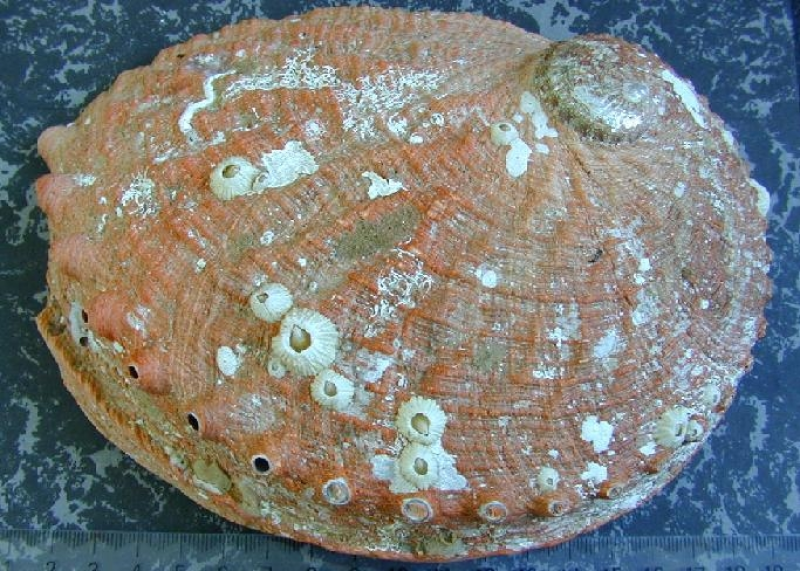Shell length
Type of resources
Topics
Keywords
Contact for the resource
Provided by
Years
-
Interactions between native and introduced species can help to elucidate the impact of exotic species on the broader community. This work examines utilisation of an introduced gastropod, the New Zealand screwshell (Maoricolpus roseus) by native hermit crabs in eastern Tasmania. Samples of screwshells were collected from Bass Strait, Maria Island, Pirates Bay and Dennes Point using a modified scallop dredge or collected by divers. Site location, date, depth, dredge opening size were recorded, and random sub-samples of shells were measured for length and width, and spire damage was scored. Hermit crabs, if present, were identified to species, sexed and measured.
-

The abalone commercial catch sampling project contains length-based samples from diver catches collected in Tasmania waters.
-
Interactions between native and introduced species can help to elucidate the impact of exotic species on the broader community. This work examines utilisation of an introduced gastropod, the New Zealand screwshell (Maoricolpus roseus) by native hermit crabs in eastern Tasmania.
-

The dataset contains length frequency information for abalone species, collected in all Tasmanian state waters from 1988.
-
Interactions between native and introduced species can help to elucidate the impact of exotic species on the broader community. This work examines utilisation of an introduced gastropod, the New Zealand screwshell (Maoricolpus roseus) by native hermit crabs in eastern Tasmania. Variation in shell occupancy by hermit crabs was examined across different depths (10, 20, 30 and 40m) within a single site (Dennes Point, SE Tasmania). Sediment cores were taken from 10 and 20 m to compare sediment size structure. A sediment preference trial using the hermit crab Paguristes tuberculatus was also carried out (using sediment from 10m and 20m) to try and determine the low level of hermit crab occupancy at 20m (compared with that at 10m).
-

Database includes data on abalone size at maturity, collected from sites around Tasmania from 1988.
-

This projects' data on abalone translocations is stored in two databases containing data collected for abalone aggregation and larval surveys in Tasmania. Genetic information has also been generated using microsatellites.
-

Abalone growth data include estimates from growth increment data from tagging studies, and from shell ageing studies. Data has been collected from all Tasmanian state waters since 1986.
-

This fishery independent abalone abundance assessment project contains abalone density and size frequency data collected from transect surveys at approximately 25 sites, mostly in south-east Tasmania, but also the south-west coast, Three Hummock Island, Flinders and Hogan islands between 2002 and 2005.
-

The survey comprises two streams of data, including (1) the availability of different attachment sites and (2) the algal composition of abalone attachment sites ('homesites'). The survey was conducted at three sites at each of three regions on the east coast of Tasmania.
 IMAS Metadata Catalogue
IMAS Metadata Catalogue